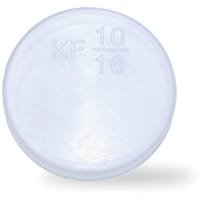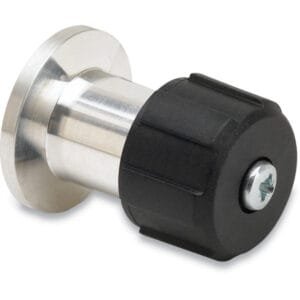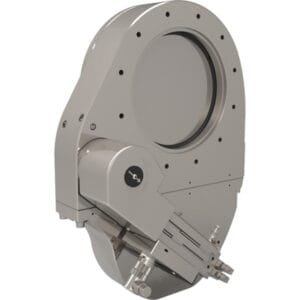Understanding KF (QF) HV Flange Caps: Reliable Sealing Solutions for High Vacuum Systems
In high vacuum environments, maintaining system integrity is crucial. Every component, no matter how small, plays a vital role in ensuring performance, cleanliness, and vacuum stability. One such essential yet often overlooked component is the KF (QF) HV Flange Cap.
What Are KF (QF) Flange Caps?
KF (QF) refers to a standardized quick-flange vacuum interface, part of the ISO-KF system widely used in high vacuum (HV) applications. KF flanges allow for quick, tool-free assembly and disassembly of vacuum components, making them ideal for both laboratory and industrial settings.
KF flange caps are specifically designed to seal off unused ports on KF flange systems. Whether you’re conducting maintenance, isolating parts of a vacuum system, or storing components, these caps help protect internal components from contamination and prevent loss of vacuum pressure.
Key Benefits and Features
At TFM, we manufacture and supply high-performance KF (QF) HV Flange Caps in a variety of sizes and materials to meet diverse industry needs. Here are the core features:
Wide Compatibility: Our KF caps are compatible with standard ISO-KF flange sizes, including KF10, KF16, KF25, KF40, and KF50.
Material Options: Choose between 304 or 316L stainless steel for maximum corrosion resistance and mechanical durability, or aluminum for a lightweight, cost-effective alternative.
High Vacuum Sealing: When paired with a proper centering ring and clamp, KF flange caps offer leak-tight performance, helping maintain vacuum levels during equipment downtime or port isolation.
Reusable and Durable: Designed to withstand repeated use in harsh environments, our caps are easy to clean and resistant to chemical and mechanical wear.
Applications in Vacuum Systems
KF flange caps are used across a broad range of high vacuum applications, including:
Semiconductor processing equipment
Research laboratories
Vacuum deposition systems
Analytical instrumentation
Pharmaceutical and aerospace vacuum chambers
In all these systems, KF caps serve as a quick, reliable solution for closing off vacuum lines without requiring extensive disassembly.
Why Choose TFM for KF Flange Caps?
TFM is a trusted provider of precision vacuum components. Our KF (QF) HV Flange Caps are manufactured under strict quality standards, ensuring dimensional accuracy, material consistency, and long-term performance in UHV and HV conditions.
Whether you’re building a new system or upgrading existing infrastructure, TFM’s vacuum hardware provides the reliability and flexibility your operations demand. Our KF caps come with full technical specifications and are available for global shipping.
Ordering Table
| Flange OD | Per Package | Part Number |
| KF16 | 10 | QF16CAP |
| KF25 | 10 | QF25CAP |
| KF40 | 10 | QF40CAP |
| KF50 | 10 | QF50CAP |





Reviews
There are no reviews yet.